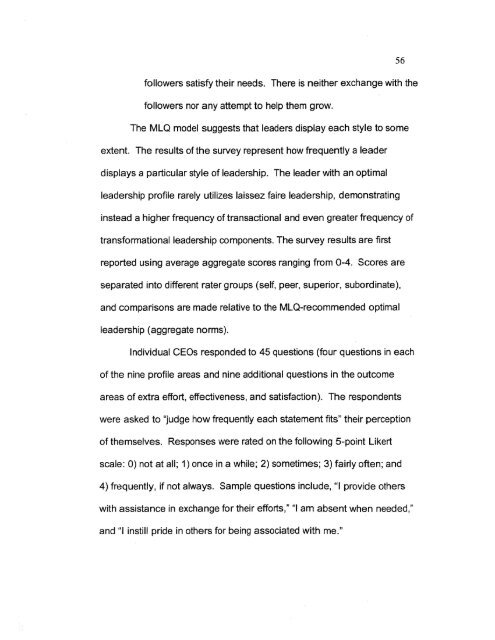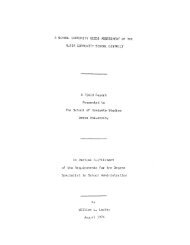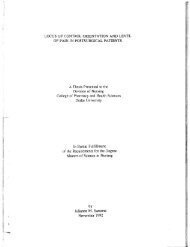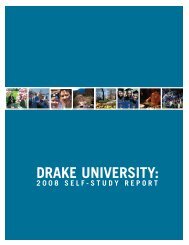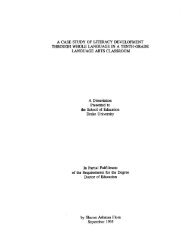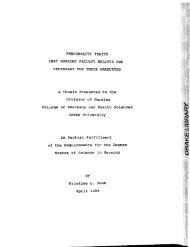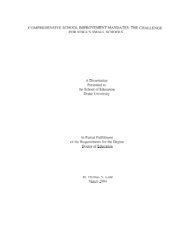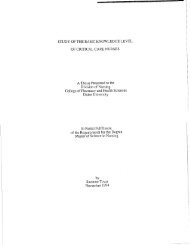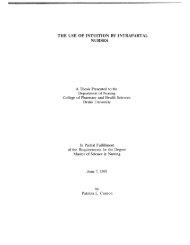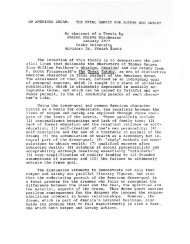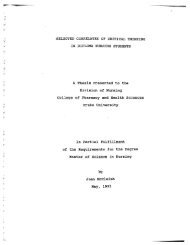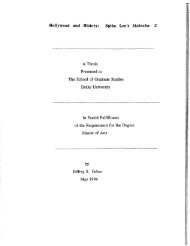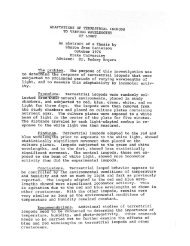LEADERSHIP CHARACTERISTICS OF ... - Drake University
LEADERSHIP CHARACTERISTICS OF ... - Drake University
LEADERSHIP CHARACTERISTICS OF ... - Drake University
You also want an ePaper? Increase the reach of your titles
YUMPU automatically turns print PDFs into web optimized ePapers that Google loves.
followers satisfy their needs. There is neither exchange with the<br />
followers nor any attempt to help them grow.<br />
The MLQ model suggests that leaders display each style to some<br />
extent. The results of the survey represent how frequently a leader<br />
displays a particular style of leadership. The leader with an optimal<br />
leadership profile rarely utilizes laissez faire leadership, demonstrating<br />
instead a higher frequency of transactional and even greater frequency of<br />
transformational leadership components. The survey results are first<br />
reported using average aggregate scores ranging from 0-4. Scores are<br />
separated into different rater groups (self, peer, superior, subordinate),<br />
and comparisons are made relative to the MLQ-recommended optimal<br />
leadership (aggregate norms).<br />
Individual CEOs responded to 45 questions (four questions in each<br />
of the nine profile areas and nine additional questions in the outcome<br />
a reas of extra effort, effectiveness, and satisfaction). The respondents<br />
were asked to "judge how frequently each statement fits" their perception<br />
of themselves. Responses were rated on the following 5-point Likert<br />
scale: 0) not at all; I) once in a while; 2) sometimes; 3) fairly often; and<br />
4) frequently, if not always. Sample questions include, "I provide others<br />
with assistance in exchange for their efforts," "I am absent when needed,"<br />
and "I instill pride in others for being associated with me."<br />
56


